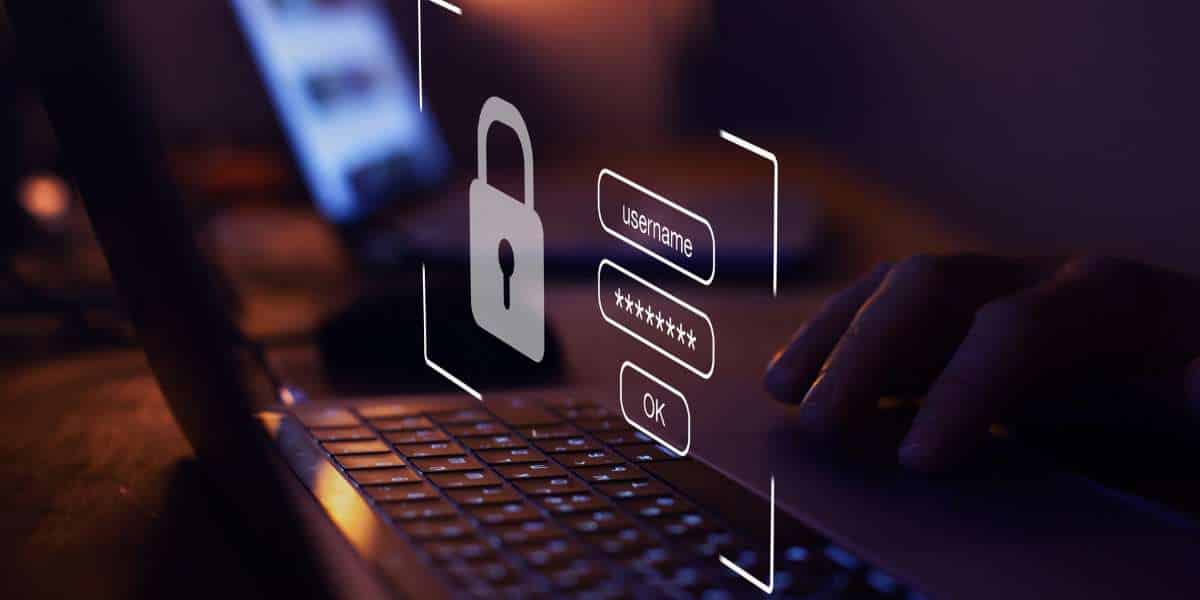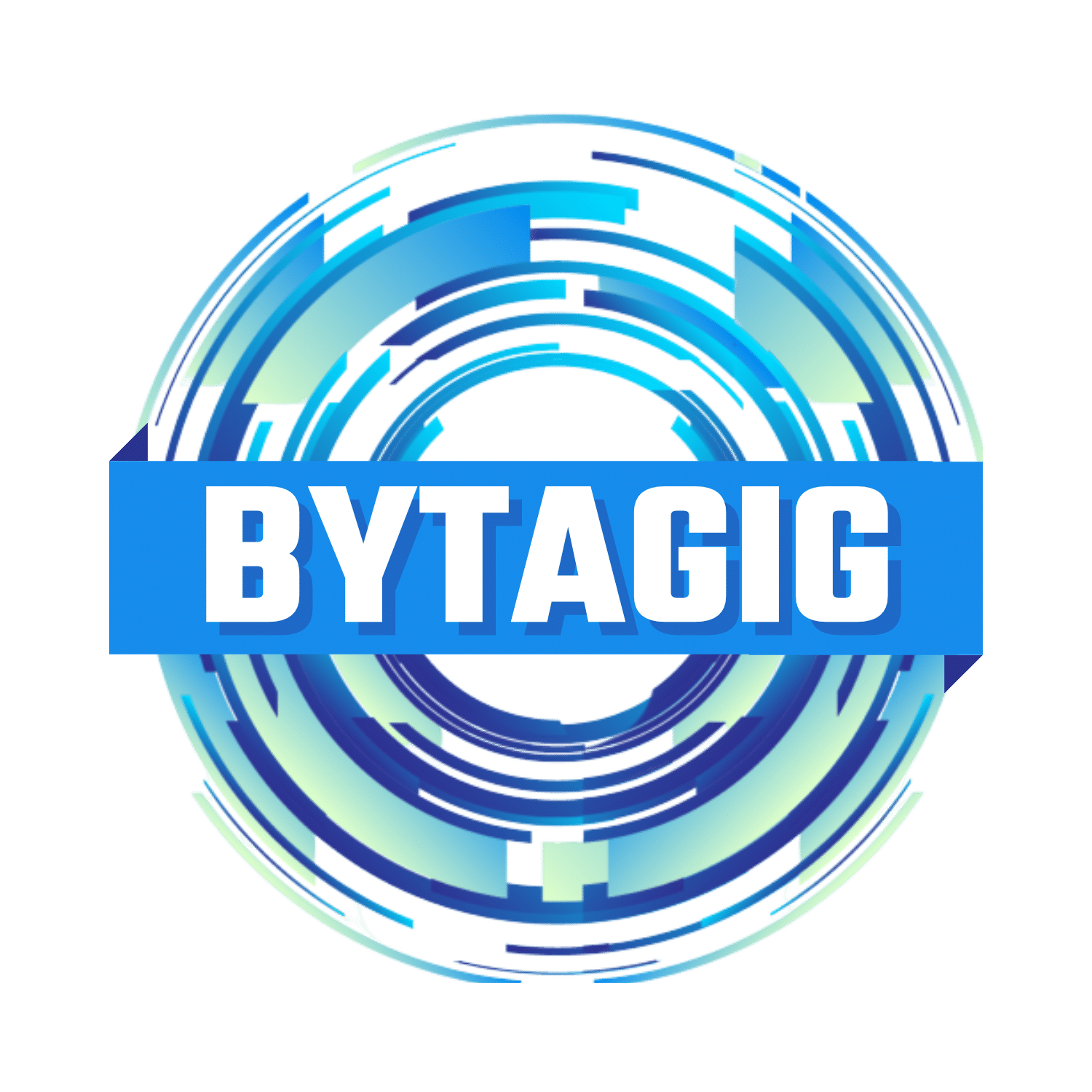
22 Apr Cleaning for Nonprofits: 5 Ways to Refresh Your Cybersecurity
Cybersecurity is an evolving field. The technology to better protect your data constantly changes, as do threats facing IT and critical data. Therefore, it is important to routinely review your nonprofits cybersecurity posture and ensure you have a solid foundation in place.
If your cybersecurity posture is weaker than desired, that’s okay. There are several things you can do to refresh strategies, all cost-conscious and practical.
Five Ways to Refresh and Strengthen Nonprofits Cybersecurity
Much of what comprises powerful cybersecurity is not a bloated budget with expensive software tools and hardware. They can help, when used correctly. But cybersecurity is not a question of money, it’s a question of safe practices, common sense, and practical implementation of resources. It’s why hackers place emphasis on social engineering and phishing. Why try to break through a digital moat of security if you can compromise a privileged login and quickly gain access to valuable data?
Therefore, some of the central ways to refresh and review your cybersecurity involve common sense planning.
Method 1: Update, Patch, Renew
One of the easiest methods to review your cybersecurity posture is through updates. Hackers seek out old versions of software, firmware, and unpatched systems (like older operating system versions).
For the most part, installed business-centric software updates automatically. However, if you’re running custom or local software, or utilize programs from a specific vendor, always check to see if it’s running the latest version. Furthermore, consider exchanging legacy software or trimming older programs that no longer receive security updates. Any unpatched module invites risk to your nonprofit’s sensitive data.
Method 2: Compliance Review
Nonprofits operate via the generous support of donors. Or, they handle donations and charity work programs involving third-party capital. Regardless, these donations are linked to PII, or “personally identifiable information.” PII is a treasure trove for hackers, exactly the kind of valuable info they seek to compromise.
Therefore, not only does your nonprofit need to protect donor data, it also needs to remain in compliance with cybersecurity guidelines and regulations – where applicable. A majority of regulatory laws involve federal agencies and fintech, but that doesn’t mean you should skip out on following best practices.
Data handling procedures involve the storage, transfer, handling, and visibility of donator data. Who can access it? Where is it stored? If it needs to be transferred, what is the procedure? Ideally, the more sensitive the data, the fewer hands it should pass through. Establishing trusted parties to do this is important, as the management of PII is an area of crucial importance.
If you don’t have a procedure in place and storage for donor PII, now’s the time to establish one.
Method 3: Establish Authenticators
MFA – or multi-factor authentication – is an invaluable, free tool adding an extra layer of security. The idea is when a device accesses a login portal, such as a staff member logging on to the nonprofit’s network, they’re required to provide both a password and a single-use security token.
This small barrier to accessibility adds a powerful layer of protection for your enterprise. While MFA is not a one-in-all solution, it’s essential to integrate it into your nonprofit’s IT model if you rely on numerous connections to access critical data, information, and website functions.
Method 4: Maintain Awareness
Is your nonprofit “in the know?” Does your IT team – if applicable – maintain current knowledge of threats most relevant to your organization? If the answer is no, then this is a perfect way to revitalize your cybersecurity with a simple strategy: awareness.
Awareness involves the research of exploits, malware, and problems likely to impact and target your nonprofit infrastructure. For instance, if social media schema and phishing are the top factors targeting nonprofits, then that’s the area of specific defense to focus on.
Method 5: Reduce Administrator Privileges
One simple, effective, and free way to quickly strengthen your nonprofit’s IT infrastructure is simply reducing administrator privileges. While it’s important staff have credentials and tools to accomplish their work, they should not be able to access every aspect of a network and its data.
Administrator privileges can grant hackers unfettered access points to a network, putting the entirety of your donor data at risk. Ensure that the appropriate parties have access privileges, and you’ll secure your network(s) without investing in high-tech cybersecurity solutions.
For more information and assistance, you can reach out to Bytagig today.
Share this post:

Sorry, the comment form is closed at this time.